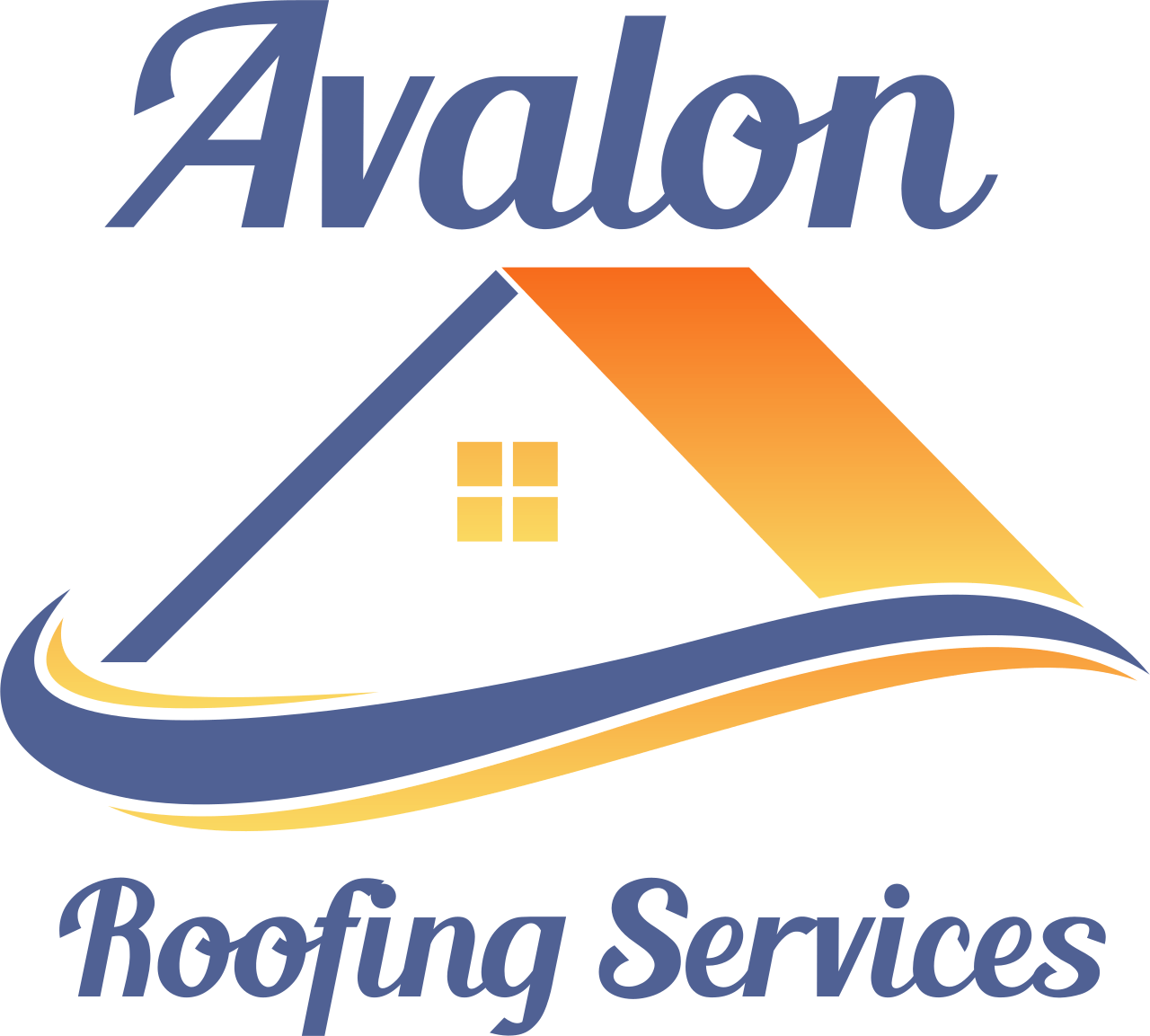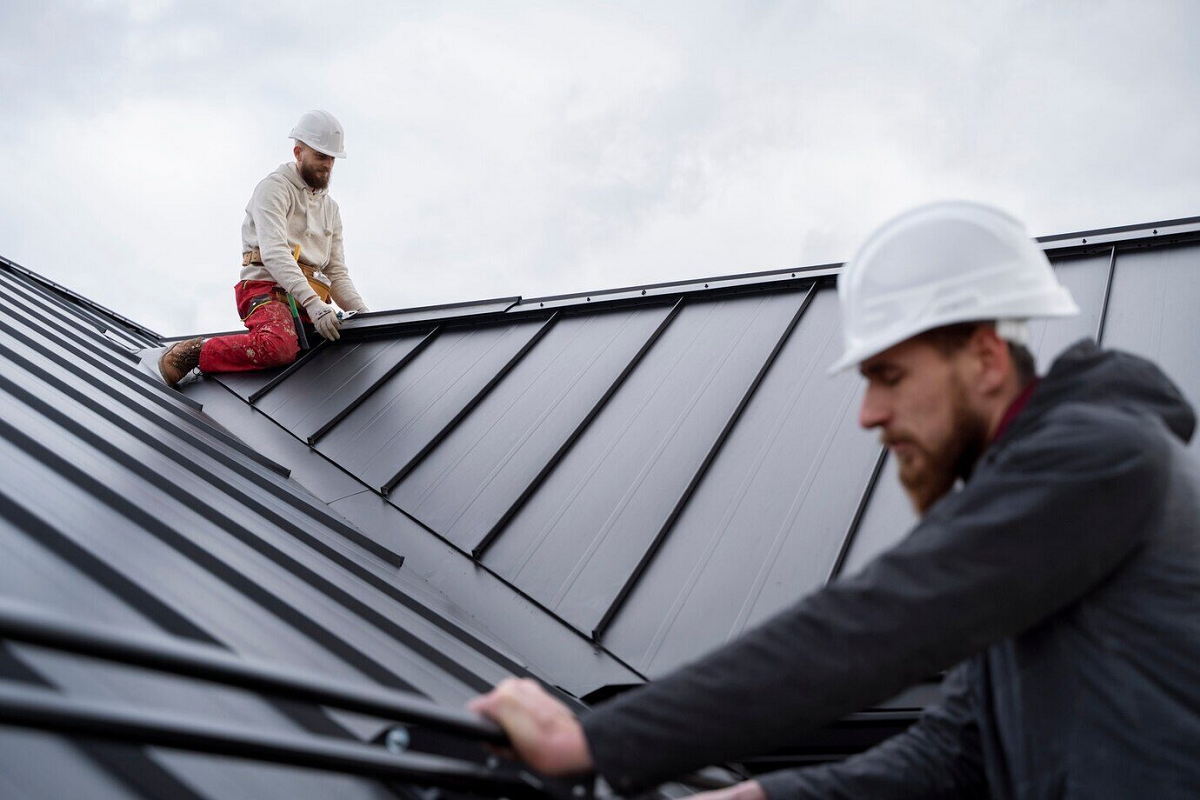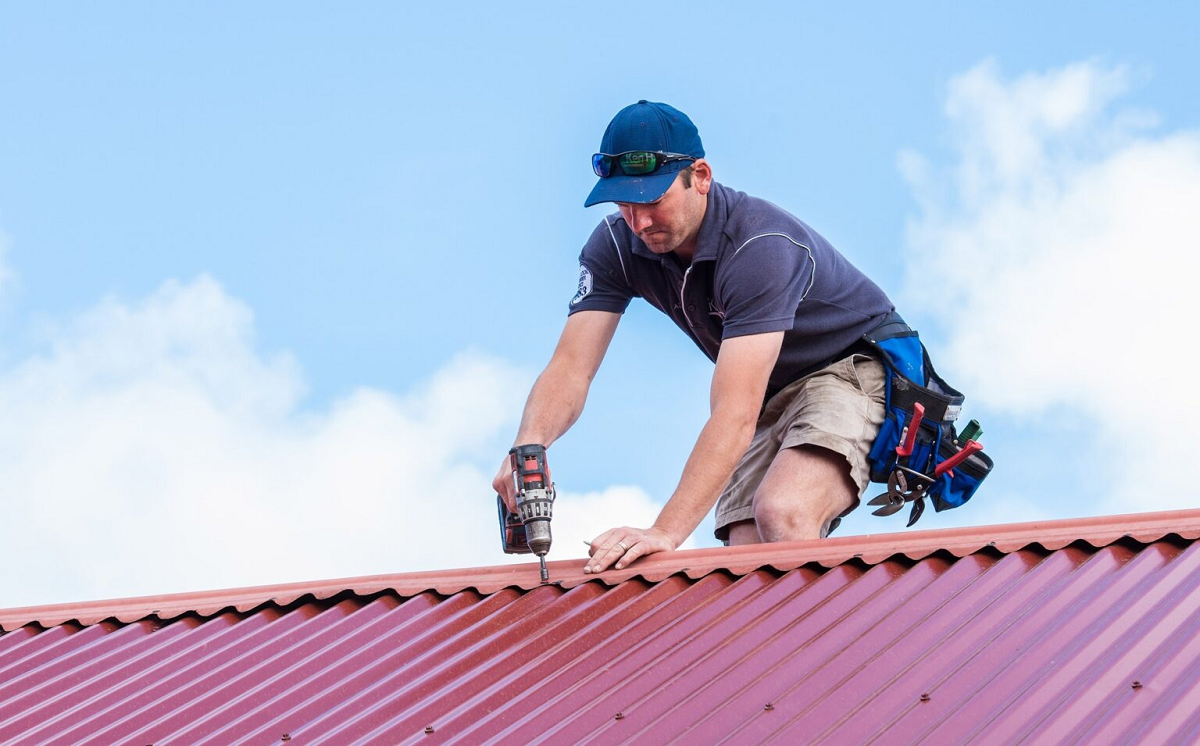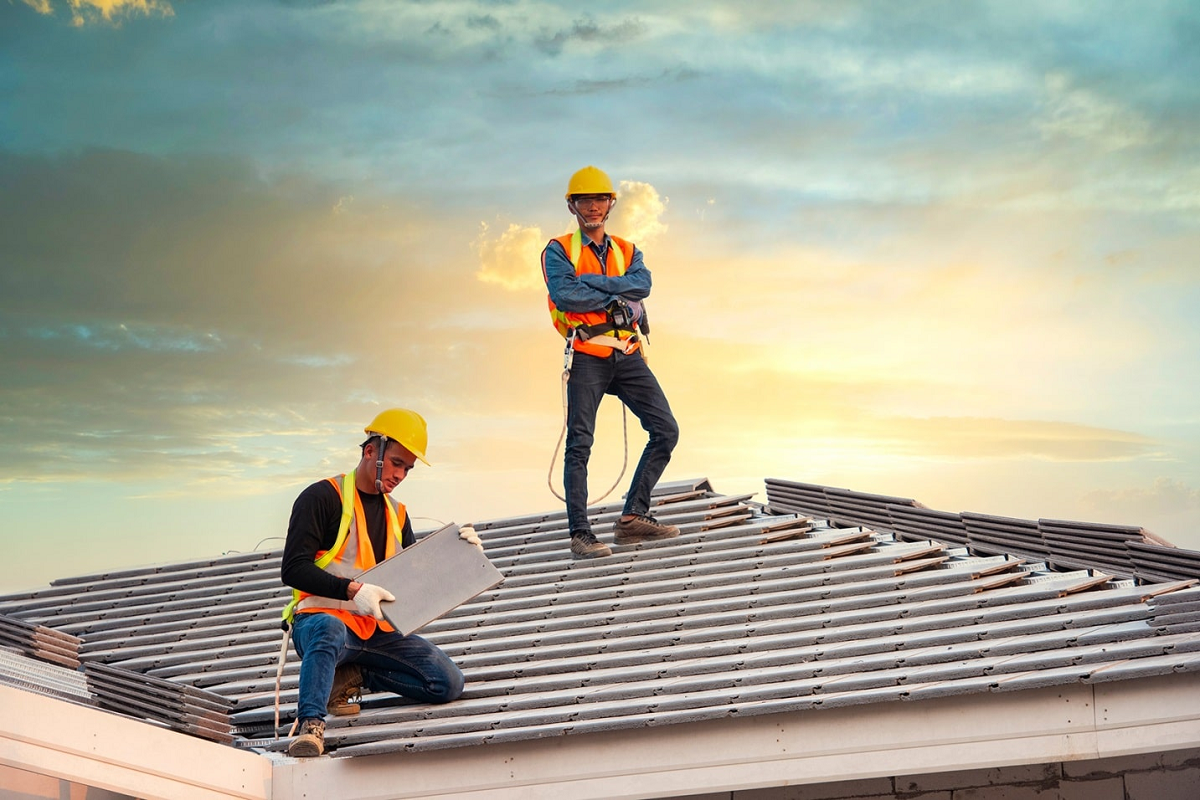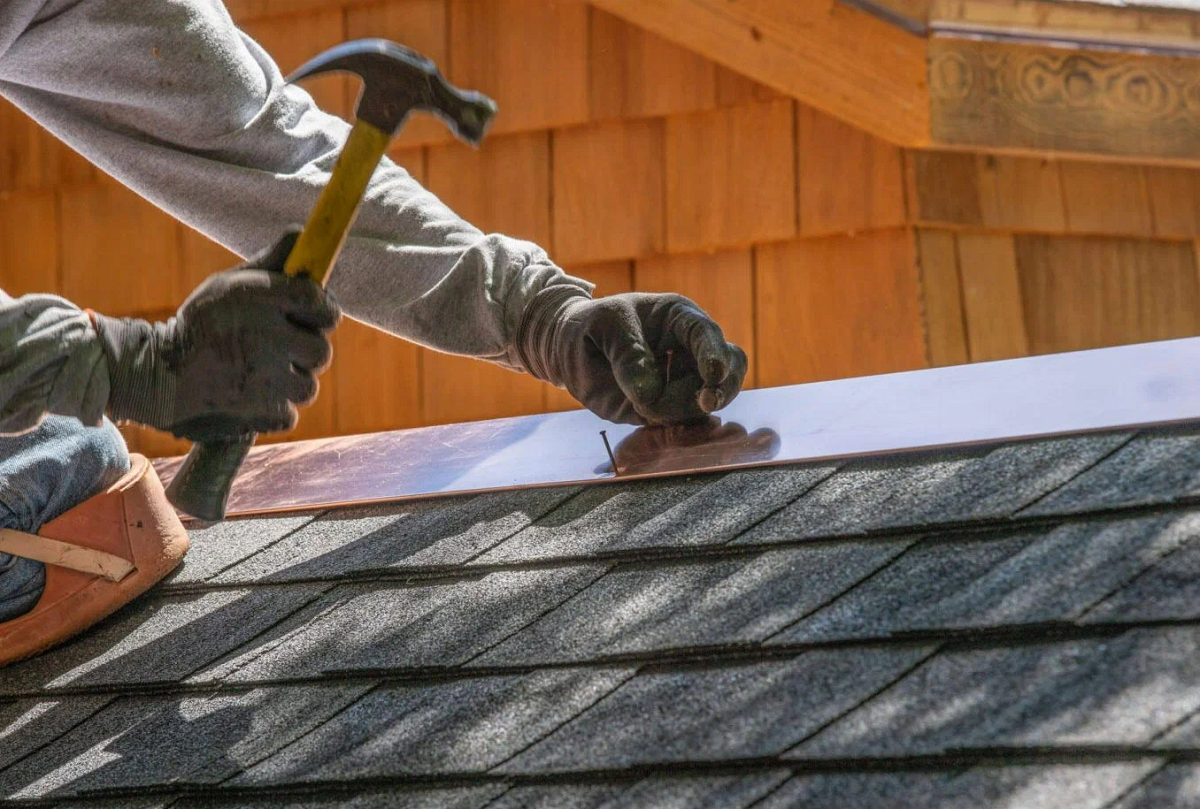CA. LIC#: 1075996
Modified Bitumen vs. Silicone Roofing: Which Is Right For You?
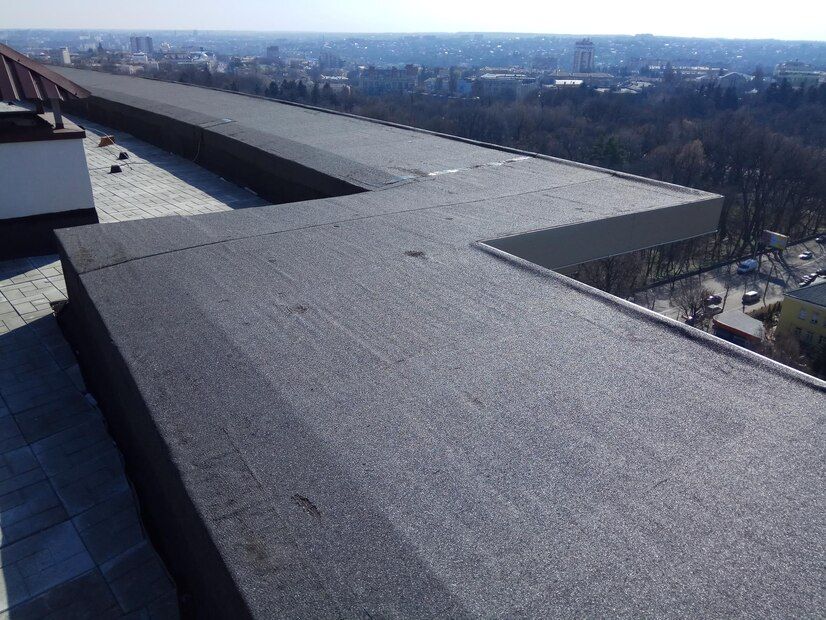
Roofing is a critical aspect of any building's structural integrity, and choosing the right roofing material is a decision that can significantly impact both short-term and long-term considerations. In the realm of commercial and industrial roofing, two popular options often emerge as contenders: Modified Bitumen and Silicone Roofing. Each comes with its own set of advantages and drawbacks, making the decision-making process a nuanced one.
In this comprehensive exploration, we delve into the characteristics, benefits, and potential drawbacks of Modified Bitumen and Silicone Roofing, aiming to provide you with the insights needed to make an informed choice tailored to your specific needs. Whether you're a property owner, manager, or contractor, understanding the nuances of these roofing materials is crucial for ensuring durability, weather resistance, and long-term performance.
Material Composition and Structure
Modified Bitumen and Silicone Roofing, though both essential for safeguarding structures, vary significantly in their material composition and structure. Modified Bitumen comprises asphalt reinforced with modifiers like polyester or fiberglass, providing enhanced strength and flexibility. Silicone Roofing, on the other hand, is composed of a liquid silicone coating that forms a seamless and weather-resistant membrane upon application. Understanding the underlying materials is crucial in determining the overall performance and suitability of these roofing systems for specific applications.
Installation Process and Complexity
The installation process and complexity of Modified Bitumen and Silicone Roofing are critical factors influencing their suitability for various projects.
Modified Bitumen:
- Involves multiple layers, typically applied using a torch-down method or hot asphalt.
- Requires careful adherence to temperature specifications during application.
- Installation often involves skilled professionals due to the complexity of the process.
- The multi-layered structure contributes to enhanced durability and weather resistance.
Silicone Roofing:
- Applied as a liquid coating, which cures into a seamless membrane upon drying.
- Features a relatively straightforward installation process, often requiring less time compared to Modified Bitumen.
- Can be applied using spray, roller, or brush methods, reducing the need for specialized equipment.
- The simplicity of installation may result in cost savings and shorter project timelines.
The contrasting nature of the installation processes underscores the importance of considering project timelines, budget constraints, and the availability of skilled labor when choosing between Modified Bitumen and Silicone Roofing for a specific application.
Durability and Longevity
The durability and longevity of a roofing system are paramount considerations for property owners. Modified Bitumen, known for its robust structure, offers exceptional durability against harsh weather conditions and UV exposure. Its multi-layered composition contributes to a longer lifespan. Silicone Roofing, equally resilient, provides a seamless, waterproof barrier that withstands the test of time.
Examining the lifespan and overall durability of Modified Bitumen versus Silicone Roofing becomes pivotal in making informed decisions regarding the longevity and effectiveness of each roofing material.
Climate Suitability
Assessing how each roofing material performs in diverse climatic conditions and extreme weather events is crucial for ensuring optimal performance and longevity. Modified Bitumen, with its ability to withstand temperature fluctuations and resist UV radiation, proves particularly suitable for regions with variable climates.
Silicone Roofing, with its excellent weather resistance and flexibility, is well-suited for areas prone to extreme heat or frequent temperature fluctuations. Evaluating the climate suitability of Modified Bitumen and Silicone Roofing ensures that the chosen roofing system can effectively withstand the environmental challenges specific to the installation location.
Maintenance Requirements
Maintaining the optimal condition of roofing systems is crucial for ensuring their longevity and performance. Both Modified Bitumen and Silicone Roofing have distinct maintenance needs that property owners and managers must consider:
Modified Bitumen:
- Periodic Inspections: Regular checks for signs of wear, cracks, or blistering.
- Seam Repairs: Addressing any damage to seams promptly to prevent leaks.
- Protective Coatings: Application of protective coatings to enhance weather resistance.
- Clearing Debris: Removing debris, dirt, and vegetation to prevent drainage issues.
Silicone Roofing:
- Routine Cleaning: Periodic cleaning to maintain the reflective surface and ensure optimal performance.
- Inspection for Damage: Regular checks for punctures, tears, or other visible damage.
- Minimal Repairs: Fewer repairs due to the seamless nature of silicone roofing.
- Gutter Maintenance: Ensuring proper drainage by keeping gutters clear of debris.
Both roofing materials demand attention to detail and proactive maintenance measures. Property owners should consider the specific maintenance requirements of Modified Bitumen and Silicone Roofing to develop effective and cost-efficient maintenance plans tailored to each system's unique characteristics. Regular upkeep not only extends the life of the roof but also prevents more significant issues that could lead to costly repairs or replacements.
Energy Efficiency
Exploring the energy-saving attributes of both Modified Bitumen and Silicone Roofing unveils their impact on overall building efficiency. Modified Bitumen, with its reflective surface options, can contribute to energy savings by reducing heat absorption and lowering cooling costs.
Silicone Roofing, known for its reflective properties and insulation capabilities, enhances energy efficiency by minimizing heat transfer. Understanding the energy-saving attributes of these roofing options allows property owners to make informed decisions based on their energy consumption goals and environmental considerations, ultimately contributing to sustainable building practices.
Cost Considerations
Cost considerations play a pivotal role in the decision-making process for property owners and project managers seeking the most economical roofing solution. When breaking down the initial costs, Modified Bitumen emerges as a cost-effective option, providing a durable and reliable roofing solution at a relatively lower upfront expense.
However, it's crucial to acknowledge that the cost-effectiveness of Modified Bitumen needs to be weighed against potential long-term expenses. This roofing material may necessitate more frequent maintenance interventions, and the cumulative costs of these upkeep measures can impact the overall economic feasibility over the life of the roof. On the other hand, Silicone Roofing, with its lower maintenance requirements, presents an appealing alternative in terms of cost considerations. While the initial investment may be higher compared to Modified Bitumen, the reduced need for ongoing maintenance can result in long-term cost savings.
Property owners and project managers should conduct a comprehensive analysis, considering both the immediate and future financial implications associated with each roofing material. Striking a balance between upfront costs and long-term expenses ensures that the selected roofing material aligns harmoniously with budgetary constraints and financial objectives, providing a cost-effective and sustainable solution over the life of the roof.
Repairability and Resilience
Analyzing how easily each roofing material can be repaired and their resilience against common issues is crucial for maintaining the integrity of the roofing system. Modified Bitumen, with its multi-layered structure, allows for targeted repairs to damaged areas. Silicone Roofing, known for its seamless and flexible nature, simplifies the repair process, often requiring minimal intervention.
Understanding the repairability and resilience of Modified Bitumen and Silicone Roofing is vital for property owners seeking cost-effective and efficient solutions for addressing common roofing issues and ensuring the long-term performance of their roofing systems.
Environmental Impact
Investigating the ecological footprint of Modified Bitumen and Silicone Roofing is essential for environmentally conscious property owners. Modified Bitumen, derived from asphalt, raises concerns about the environmental impact of fossil fuel extraction and processing. Silicone Roofing, with its potential for recyclability and sustainability, presents a more environmentally friendly option.
Considering the environmental impact of these roofing materials allows property owners to align their choices with eco-friendly practices and contribute to sustainable building initiatives, minimizing their overall impact on the environment.
Case Studies and Real-world Applications
Showcasing real-world examples and success stories where Modified Bitumen or Silicone Roofing has proven to be the superior choice in specific scenarios provides valuable insights for potential users. Highlighting instances where each roofing material excels, whether in extreme weather conditions, industrial settings, or commercial applications, offers practical guidance for decision-makers.
Case studies underscore the practical advantages of Modified Bitumen and Silicone Roofing, allowing property owners, managers, and contractors to draw meaningful conclusions based on the proven success of these roofing solutions in diverse real-world applications.
The comparison between Modified Bitumen and Silicone Roofing reveals a nuanced landscape of considerations for property owners, managers, and contractors. Each roofing material comes with its own set of attributes, from material composition to environmental impact, making the decision-making process a crucial aspect of ensuring the longevity and efficiency of your roofing system. As you navigate through the detailed exploration of these roofing options, we hope you now possess the insights needed to make an informed decision aligned with your specific needs and priorities.
As you embark on the journey of choosing the right roofing solution for your needs, consider consulting with professionals who understand the intricacies of Modified Bitumen and Silicone Roofing. Avalon Roofing Services has been a trusted name in Manteca for over 30 years, providing unparalleled expertise in roofing solutions. Accredited by the Better Business Bureau as an A+ roofing contractor, we recognize that your roof is more than just a structure – it's an investment, it's your home, and it safeguards your family.
For personalized guidance and expert advice tailored to your specific requirements, contact Avalon Roofing Services today. Reach out to us at contact@avalonroofing209.com or call our office number at (209) 380-1275. For after-hours inquiries, you can reach us at (209) 483-7593. Secure the longevity and performance of your roofing system with the trusted professionals at Avalon Roofing Services.
We are a licensed roofing contractor in Manteca, CA specializing in residential and commercial roofing services. We service Manteca CA, Lathrop CA, French Camp CA, Modesto CA, Mountain House CA, Tracy CA, and other surrounding cities.
Quick Links
© 2023 Content, including images, displayed on this website is protected by copyright laws. Downloading, republication, retransmission or reproduction of content on this website is strictly prohibited.
